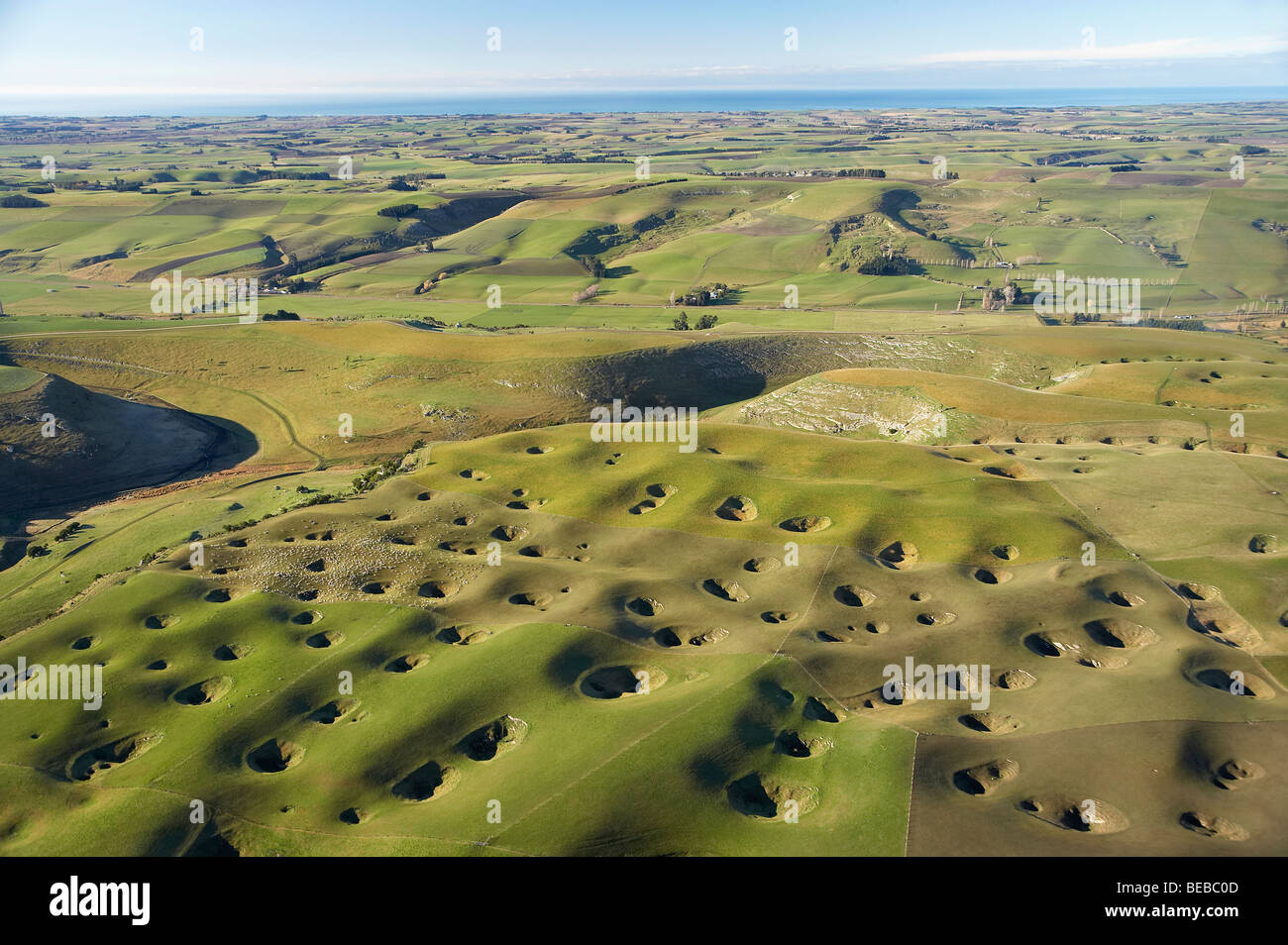I tend to think of the word "dune" to mean a mound of particles (e.g., sand or dust) configured by wind.
Using that definition, it seems strange that there would be nearly ciruclar dunes, especially given the interpretation that the same side of all of them show the effects of being "down-wind".
So, I am wondering what physical process determines their consistent round shape?
I can think of several natural processes for depressions (sink holes, meteor swam strike, etc.) but none that would create a batch of similar size and shape raised piles of particles. I would think that even volcanic vents spewing particles would probably have a more conical shape, rather than a flat dome shape.



